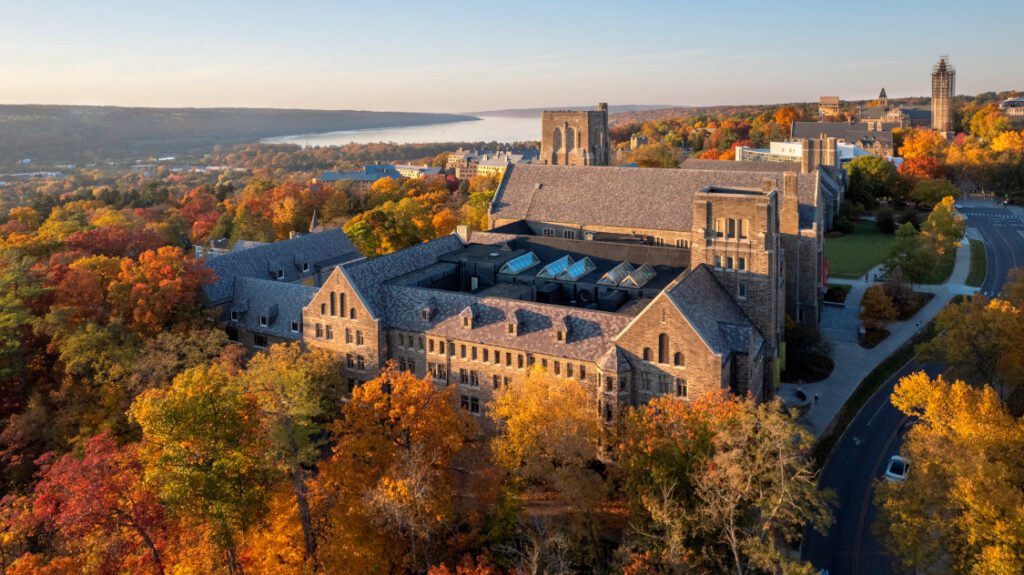Get to Know Cornell
Discover the wonders of Cornell’s Ithaca campus. You can schedule an in-person tour or take a virtual tour.

Virtual Information Session
The following 13 videos provide a detailed look into our program, our application process, and what we are looking for in applicants. Through this session, we hope you will get a clearer, more in-depth picture of Cornell Engineering as well as get answers to many of your questions about our program.
Part 1: Welcome to Cornell Engineering
Part 2: A True University Experience
Part 3: World Class Faculty
Part 4: The Academic Core
Part 5: Learning Outside the Classroom
Part 6: Student Support Services
Part 7: Global Learning
Part 8: Outcomes
Part 9: Application and Admissions Process
Part 10: The Right Fit
Part 11: Transfer Application Process
Part 12: Transfer Academic Pathway
Part 13: A Brief Summary
Recorded Live Admissions Events
Engineering Admissions Presents: Leadership at Cornell Engineering
October, 2024
A conversation with Dr. Erica Dawson who is the Assistant Dean and Director of the Selander Center, where Cornell Engineering students can develop into capable, confident and collaborative engineering graduates.
Cornell Engineering Virtual Information Session
July, 2025
Live Cornell Engineering virtual information session, recorded July 14, 2025.
Cornell Engineering Summer Experiences Student Panel
August, 2025
A student panel to hear about the many opportunities Cornell Engineering students pursue over the summer including research, project teams, and more!
Cornell Engineering: Preparing for your Cornell Engineering Application
September, 2025
Hear from Cornell Engineering Admissions Officers as they discuss the parts of a college application, give some tips on essays, explain how to avoid common mistakes, and answer your questions about the Cornell Engineering Application.
Cornell Engineering: Engineering Your Global Journey
October, 2025
Join Cornell Engineering Admissions officers as we chat with staff and students who have been involved in study abroad opportunities.